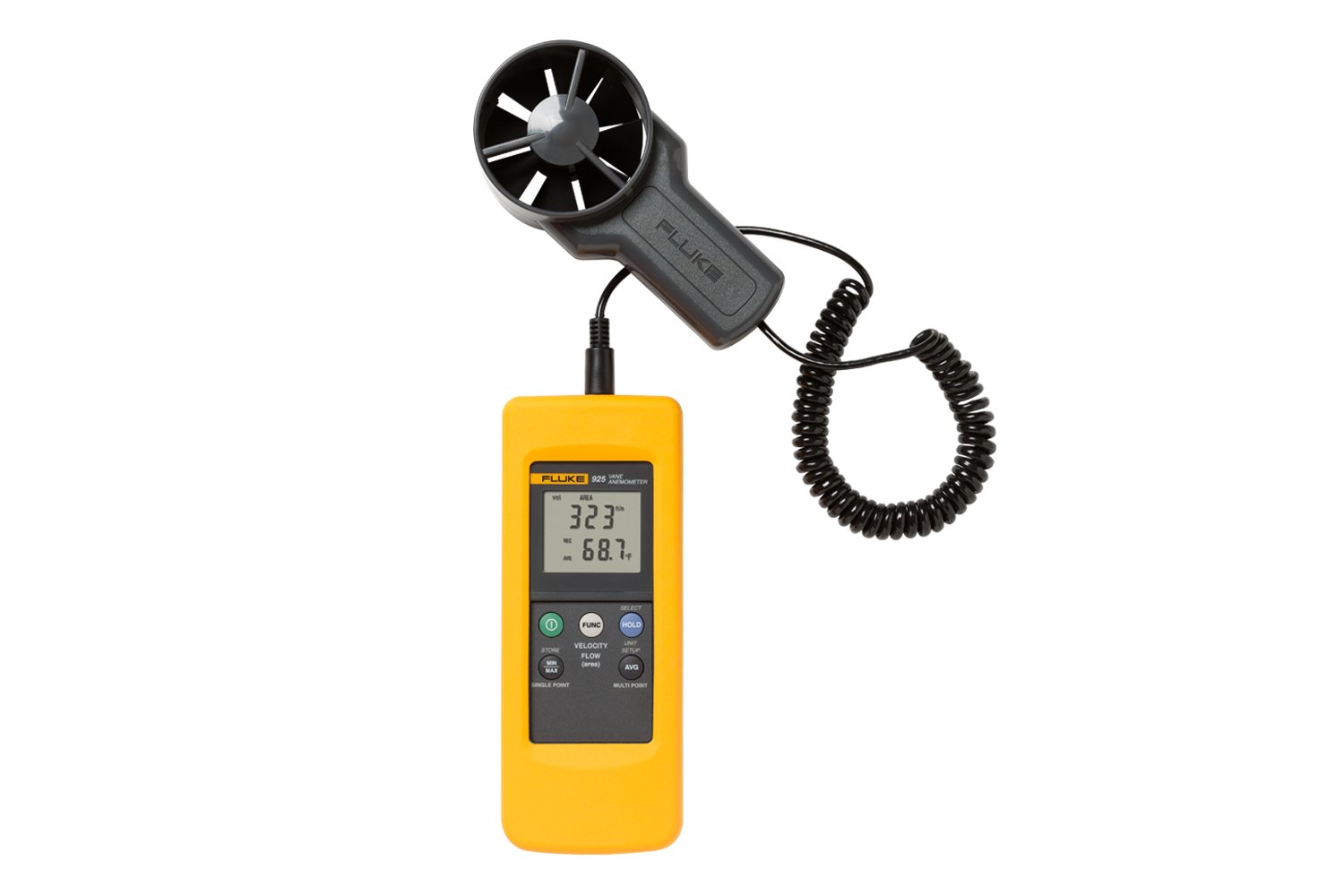Anemometer Innovations: The Latest Modern Technology for Wind Rate Measurement
Anemometer Innovations: The Latest Modern Technology for Wind Rate Measurement
Blog Article
Checking Out the Functions and Advantages of Anemometers for Climate Enthusiasts and Experts
From cup anemometers to sonic anemometers, each type brings its special collection of benefits and applications, shedding light on numerous elements of climatic conditions. As we dig right into the functions and advantages of anemometers, a much deeper understanding emerges not just of dominating climate sensations but also of the broader effects for sectors like wind energy manufacturing and ecological research study.
Value of Anemometers in Climate Monitoring
Anemometers play a crucial function in weather condition tracking by supplying accurate measurements of wind rate, assisting in forecasting and understanding climate patterns. These tools, ranging from standard mug anemometers to modern-day ultrasonic anemometers, are crucial for meteorologists, researchers, and weather condition fanatics alike.

Sorts Of Anemometers and Their Applications
With the crucial function anemometers play in weather condition monitoring and forecasting, comprehending the numerous kinds of these instruments and their applications comes to be essential for experts and lovers in the field. One of the most usual types of anemometers include mug anemometers, vane anemometers, hot-wire anemometers, and ultrasonic anemometers. Cup anemometers include three or 4 cups placed on horizontal arms that rotate with the wind, measuring its speed. Vane anemometers, on the other hand, use a freely revolving vane to align with the wind instructions, providing both wind speed and instructions measurements. Hot-wire anemometers operate based upon the concept of convective heat transfer, where the cooling result of the air flow is measured to figure out wind rate. Ultrasonic anemometers utilize ultrasonic acoustic wave to determine wind rate and instructions properly.
Each kind of anemometer has its distinct benefits and applications. Cup anemometers are robust and ideal for basic climate surveillance, while vane anemometers are favored for directional measurements. Hot-wire anemometers are delicate to reduced air velocities, making them suitable for indoor atmospheres. Ultrasonic anemometers are non-intrusive and use high precision, usually utilized in study and specialized weather condition monitoring applications. Comprehending the qualities and applications of each kind of anemometer is essential for picking the most appropriate instrument for particular weather keeping track of needs.
Benefits of Using Anemometers in Projecting
In meteorology, the application of anemometers uses vital advantages for boosting the accuracy of weather forecasting. Anemometers determine wind rate and direction, providing vital data for anticipating weather condition patterns. By including wind data right into forecasting designs, meteorologists can much better understand the activity of weather condition systems, prepare for modifications in weather, and problem extra accurate projections.
In addition, anemometers play a vital function in assessing possible climate risks. Monitoring wind speeds helps forecasters forecast serious weather condition occasions such as cyclones, tornadoes, and winter season tornados with better accuracy. This early warning system makes it possible for authorities to issue prompt alerts and carry out needed precaution, minimizing the threats to life and building.
Additionally, anemometers assist in enhancing sustainable power manufacturing. By examining wind patterns, meteorologists can recognize appropriate places for wind farms and predict power result, adding to the efficient generation of wind power.

Anemometers in Wind Energy Production
Offered the vital duty anemometers play in supplying precise wind information for weather condition forecasting and hazard assessment, their significance includes the world of wind power production. Anemometers are crucial instruments in the field of wind power, where the measurement of wind rate and instructions is important for identifying the feasibility and effectiveness of wind generator installments. By accurately determining wind speeds at differing elevations, anemometers aid enhance the positioning and design of wind generators to make the most of power output.
In wind farms, anemometers are purposefully placed to accumulate real-time wind information that is utilized to examine the possible energy manufacturing of a site. This data is critical in establishing the economic viability of wind power tasks and in projecting energy generation to make sure grid security. Furthermore, anemometers help in monitoring wind conditions to enhance turbine efficiency, stop damages from high winds, and make certain the security of employees operating in the location of wind turbines.
Enhancing Weather Recognizing With Anemometers

Anemometers play a key function my review here in improving our understanding of microclimates. These localized weather conditions can vary substantially from more comprehensive regional forecasts, making it important to have exact data for certain areas. anemometer. By strategically putting anemometers in various locations, scientists can collect detailed info on how wind acts in different terrains, urban settings, or bodies of water
Moreover, anemometers add to improving climate forecasting versions by offering real-time data on wind actions. This details is particularly beneficial for forecasting severe climate events, enhancing agricultural methods, and supporting markets like aviation and maritime navigating. On the whole, anemometers are indispensable tools that allow us to dig deeper into the intricacies of weather systems, eventually bring about more accurate forecasts and better-informed decisions.
Final Thought
In final thought, anemometers play a crucial function in weather tracking and forecasting by gauging wind speed and direction. Anemometers likewise have applications in wind power production, further highlighting their importance in both weather forecasting and eco-friendly power markets.
From cup anemometers to sonic anemometers, each type brings its unique set of benefits and applications, losing light on various aspects of atmospheric conditions. These tools, ranging from standard mug anemometers to contemporary ultrasonic anemometers, find out this here are important for meteorologists, scientists, and climate enthusiasts alike. The most usual types of anemometers include cup anemometers, vane anemometers, hot-wire anemometers, and ultrasonic anemometers. Cup anemometers are robust and ideal for basic weather surveillance, while vane anemometers are favored for directional dimensions. Anemometers are essential tools in the field of wind energy, where the measurement of wind speed and direction is important for establishing the feasibility and performance of wind generator see here now setups.
Report this page